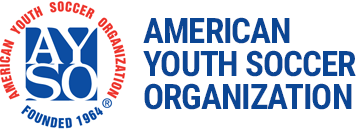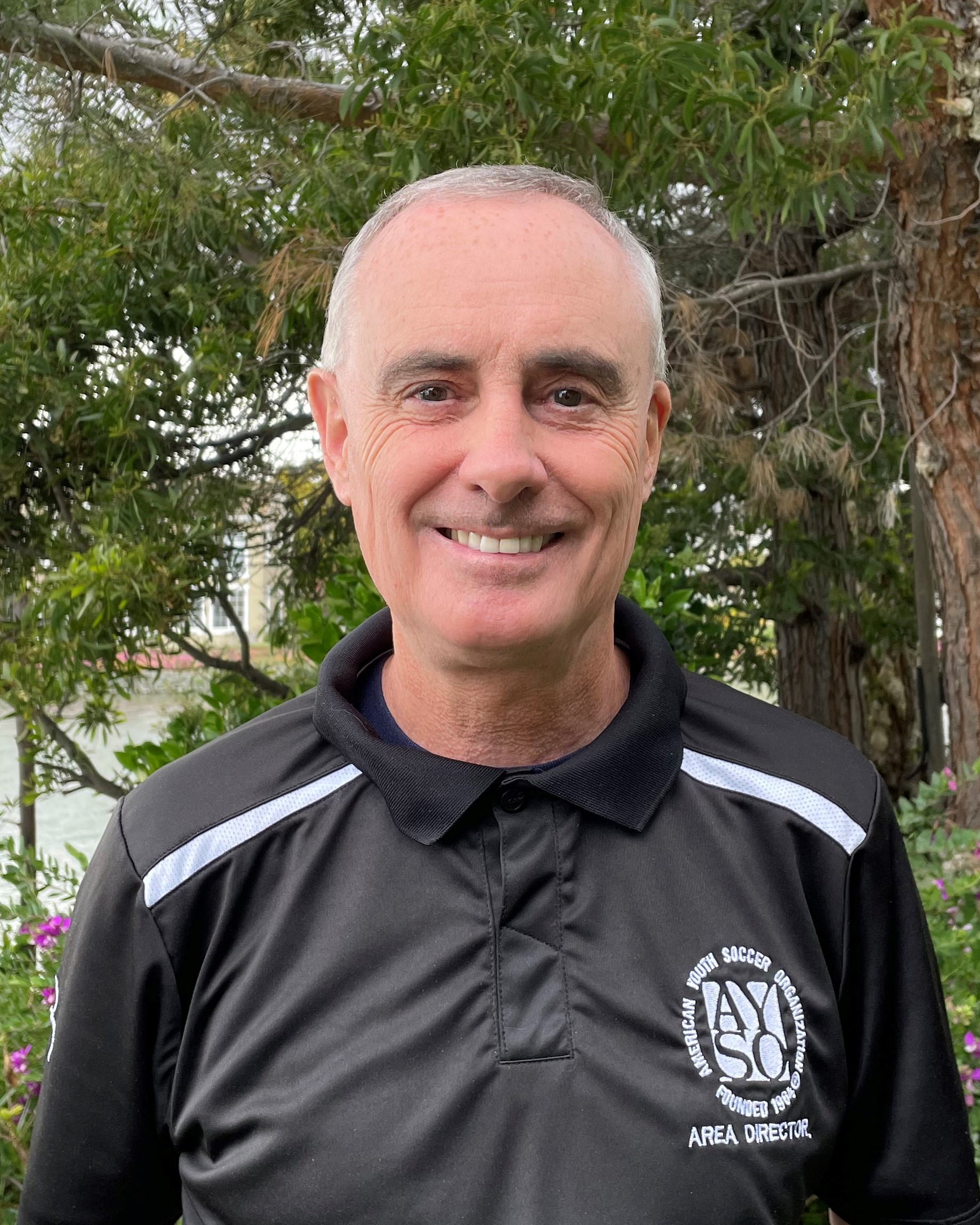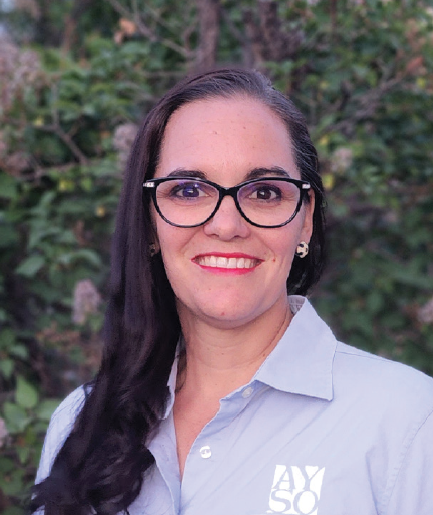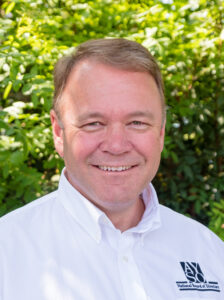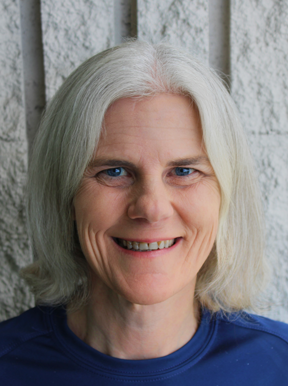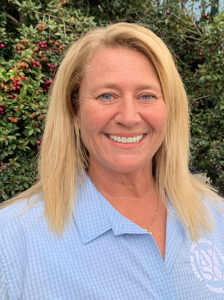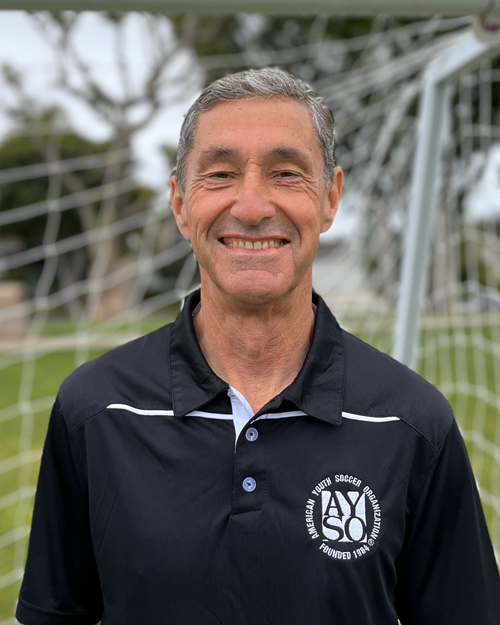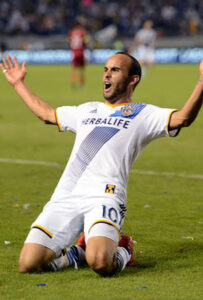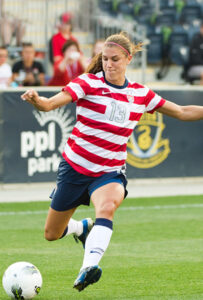PLAYSOCCER Spring 2018 – Ruben Diaz
Three years ago, Regions in Hawaii had an assortment of AYSO programs to offer, such as AYSO’s Core program and AYSO Extra. But during that same time period, some volunteers thought something was missing.
That missing piece was an AYSO club program, says Clyde Asato, who was appointed as AYSO Section 7 director last year.
Quick note: AYSO is structured by Regions, Areas and Sections. Regions are community-based leagues run by volunteers, and these leagues are where parents enroll their kids in AYSO programs. A group of Regions combined make an Area, which consists of Area volunteers that are in charge of helping and overseeing Regions.
Similarly, a grou p of Areas combined make a Section – there are 14 of them. Section volunteers are in charge of ensuring that Areas and Regions comply with all AYSO fundamentals and deliver quality programs.
p of Areas combined make a Section – there are 14 of them. Section volunteers are in charge of ensuring that Areas and Regions comply with all AYSO fundamentals and deliver quality programs.
Asato’s Section covers all Areas and Regions in Hawaii, and when AYSO United was announced in May 2016, the then Area director of three years knew he had to implement the program, which would see large growth as a result of family demand and volunteer dedication.
“We started an AYSO United program in fall 2016,” says Pono Cabrinha, one of the first AYSO United Hawaii coaches. Cabrinha was among the other volunteers who longed for a club program in AYSO prior to AYSO United’s launch. He says he’s seen the club program take off in Hawaii.
“To put it in perspective, when I held tryouts for the first time in 2016, after three separate tryout dates, I only had a total of about 18 girls to choose from” Cabrinha says. “Come fall of 2017, there were more than 300 players trying out for our teams.”
Cabrinha attributes much of AYSO United’s growth to Asato’s hard work. In addition to pushing the club program to Regions, Asato encouraged the first AYSO United teams to participate in local tournaments as a way to raise the club program’s exposure. When attendees first saw the teams at tournaments, Asato says he heard some families ask, “Who’s that team?” or “Where did they come from?”
“Our teams not only did well in the tournaments, but they also won the sportsmanship awards too,” Cabrinha says. “Our coaches showed others in our communities and in other Regions that although we were a club program, we still adhered to the Six Philosophies that make AYSO such a great organization for youth development – something that sadly is missing from other club programs here in Hawaii.”
Another key component of the program’s growth was selecting the right coaches. Asato and Alan Heu, AYSO United Hawaii’s club director, dedicated time to meet with and interview interested candidates. They stressed the importance of having coaches who would adhere to the philosophies of AYSO – even in the most competitive leagues.
“We play to win, of course, but never at the expense of player development,” Cabrinha recalls Asato saying during Cabrinha’s AYSO United coach interview.
Furthermore, AYSO United coaches not only have to hold the proper certifications but also need to be invested in attending clinics and taking advantage of every opportunity they can acquire to enhance their coaching abilities. Asato also highly encourages these coaches to stay active in their local Regions

outside of AYSO United in order to further the growth of AYSO players.
“Heeding the sound advice of Clyde, other coaches continued coaching in AYSO’s other programs while I became a regional coach administrator,” Cabrinha says. “One of my main duties in this role is planning and providing coaching education courses for our volunteers in my Region. I felt it was important to help raise the level of coaches in the Region so that our Core players would be provided a better environment to learn, develop and gain a love for the game.”
While the club program continues to flourish in Hawaii and other locations throughout the U.S., Asato is looking forward to embracing any other necessary changes or implementations to keep AYSO aligned with what families and kids are looking for.
“We need to let go of the way we did things in the ‘old days’ and envision a new AYSO,” Asato says. “Some volunteers resist change, especially when they believe we are not staying true to the program that was established over 50 years ago. If youth sports had remained the same and club soccer had remained the same, then we wouldn’t be having this conversation. Change has been long overdue in AYSO.”

